Mount Roraima is a flat-topped formation with crystal clear lakes, waterfalls and a unique ecosystem that has been isolated from the surrounding savannah for millions of years.
Located on the borders of Brazil, Venezuela and Guyana, Mount Roraima is one of the most unique natural wonders in the world. With its almost vertical cliffs, the peak of this mountain looks like an island floating in the clouds, creating a mysterious and surreal beauty. Formed billions of years ago, Mount Roraima is not only a geological wonder but also a "lost world" containing many endemic species of flora and fauna, helping scientists to delve deeper into the biological and geological evolution of the Earth.
Rising 2,810 meters (9,219 feet) above the surrounding savannah, Mount Roraima resembles a giant stone table rising from the sky. In the language of the indigenous Pemon people, flat-topped mountains like Roraima are called “tepui,” which means “house of the gods.” In Pemon legend, Mount Roraima was once a supernatural tree that contained all the fruits and vegetables in the world, until it was cut down by a mythical figure named Makunaima. However, scientists have offered a different explanation for the formation of tepui.

According to research by the Geological Society of London, tepuis are the remains of a giant sandstone mass that formed about 1.8 billion years ago. The area was originally a vast sand dune area that was gradually compressed and turned to stone. Over the next 1.5 billion years, new layers of rock continued to accumulate on top of the sandstone, but they were eroded away around 180 million years ago. Wind and water continued to work, gradually eroding much of the giant sandstone mass, leaving the steep plateaus we see today. Geological uplift then pushed the tepuis higher, creating the majestic peaks of South America.
Not only is Mount Roraima geologically unique, it also boasts a very special ecosystem. Isolated from the surrounding environment for 70 to 90 million years, the ecosystem on the mountaintop has been likened to a “lost world,” where flora and fauna have evolved in unique ways without being influenced by species from the mainland. About a third of the flora here is endemic, meaning that it exists only on the tepuis and is not found anywhere else in the world. Some carnivorous plants and special orchids have thrived to adapt to the harsh conditions on the mountaintop.
However, a 2012 study found that tepui ecosystems are not entirely isolated. By analyzing the DNA of four species of tree frogs that live on different tepuis, scientists found that they shared a common ancestor about 5.3 million years ago. This suggests that some creatures, such as tree frogs and possibly others, are able to move up and down between tepuis via the steep cliffs. This raises many new questions about how these creatures evolved and adapted to the isolated environment of Mount Roraima.
In addition to frogs, Mount Roraima is home to a number of rare animals, including the rare sunbird and the Roraima black frog (Oreophrynella quelchii). Thanks to crystal-clear pools and streams that flow from the mountain’s summit, the ecosystem here is conducive to nurturing life. Majestic waterfalls such as Crystal Valley Falls and Triple Point Falls cascade from the tepui to the grasslands below, creating a rare natural spectacle.

Today, Mount Roraima has become an attractive destination for explorers and tourists who love to explore. However, the journey to conquer the mountain is not easy. To set foot on this tepui, visitors must spend many days climbing through dense forest terrain and dangerous cliffs. But in return, those who overcome the challenge will admire the breathtaking scenery of one of the most unique mountains on the planet. Not only is Mount Roraima a natural masterpiece, it is also a scientific treasure, helping people better understand the geological history and evolution of life on Earth.
Source: https://giadinh.suckhoedoisong.vn/nui-roraima-the-gioi-da-mat-bi-co-lap-hang-trieu-nam-ma-nguoi-ban-dia-goi-la-nha-cua-cac-vi-than-172250310072819062.htm


![[Photo] Ministry of Defense sees off relief forces to the airport to Myanmar for mission](https://vstatic.vietnam.vn/vietnam/resource/IMAGE/2025/3/30/245629fab9d644fd909ecd67f1749123)

![[Photo] 2nd Conference of the Party Executive Committee of Central Party Agencies](https://vstatic.vietnam.vn/vietnam/resource/IMAGE/2025/3/31/8f85b88962b34701ac511682b09b1e0d)
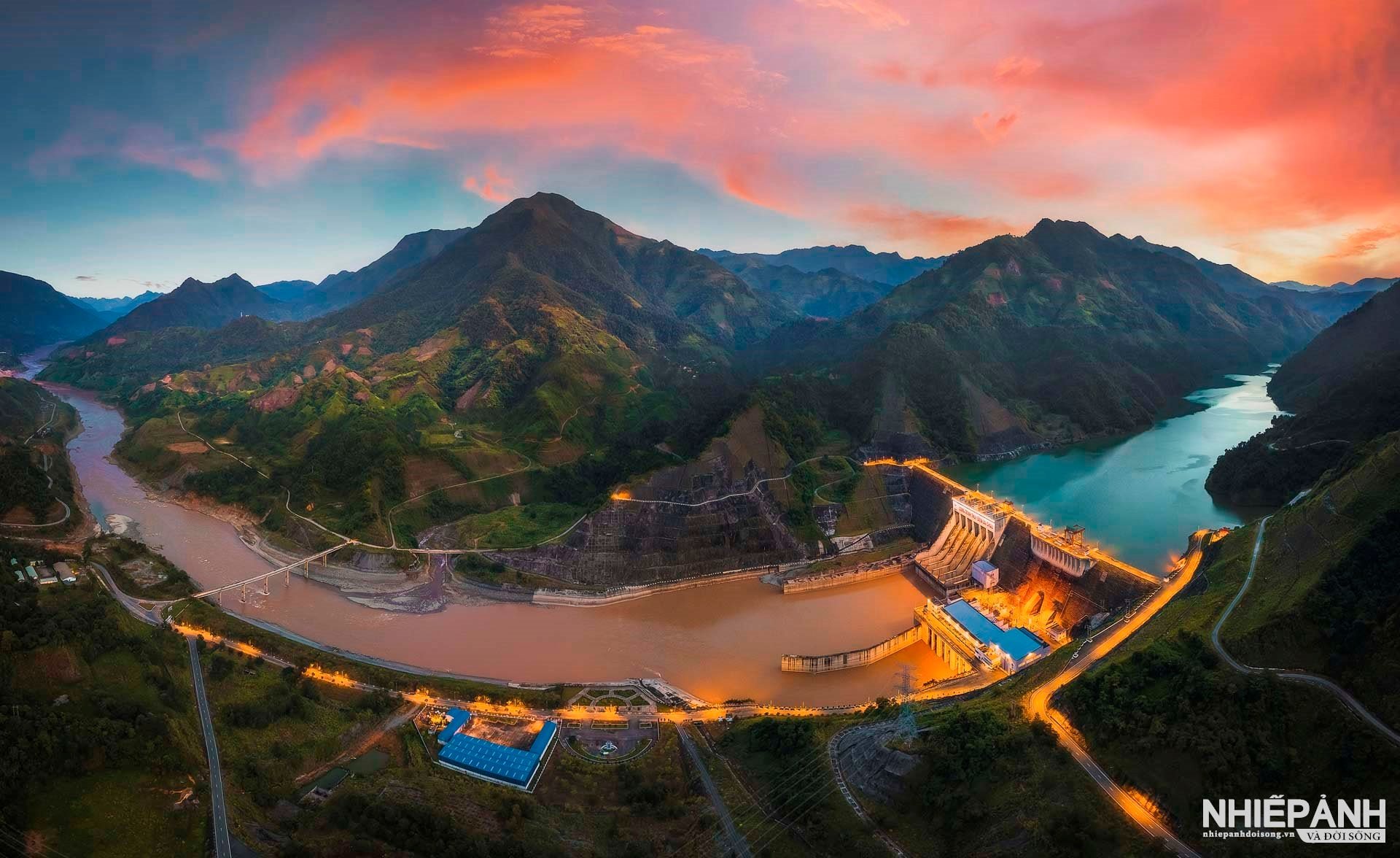
![[Photo] Prime Minister Pham Minh Chinh receives delegation of leaders of US universities](https://vstatic.vietnam.vn/vietnam/resource/IMAGE/2025/3/31/8be7f6be90624512b385fd1690124eaa)



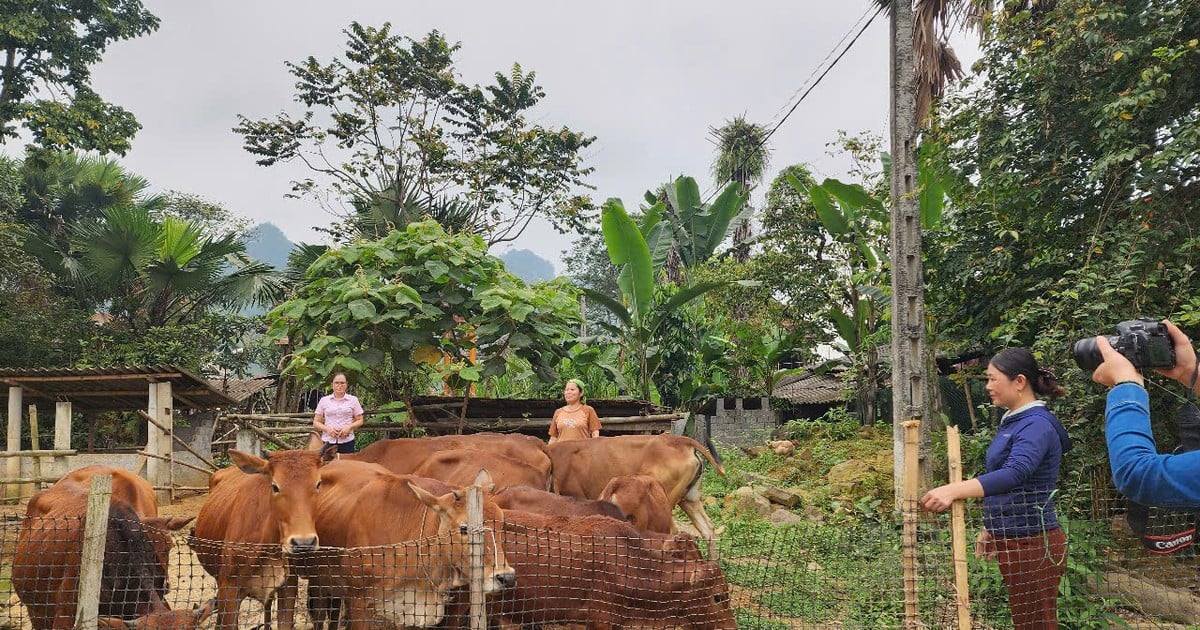












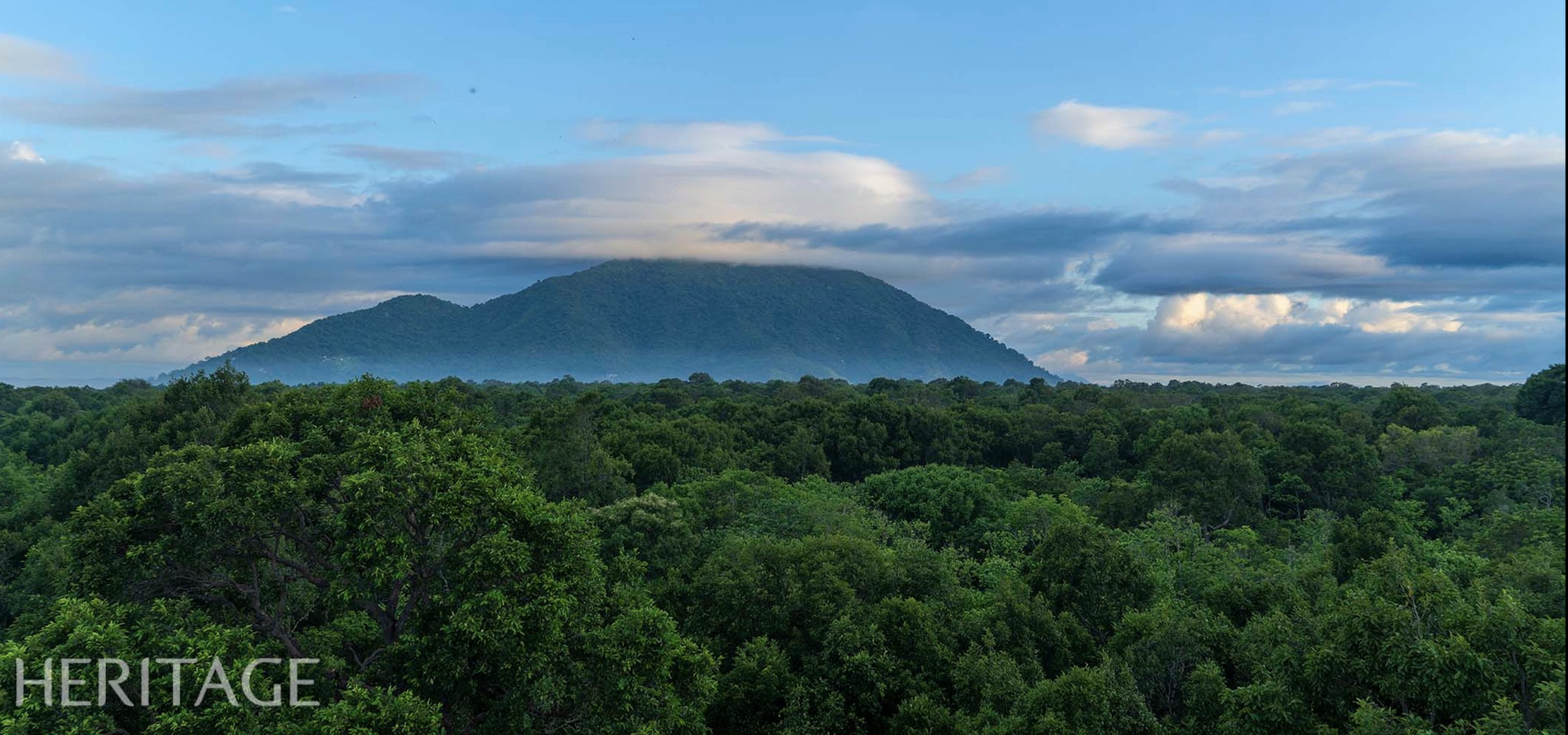
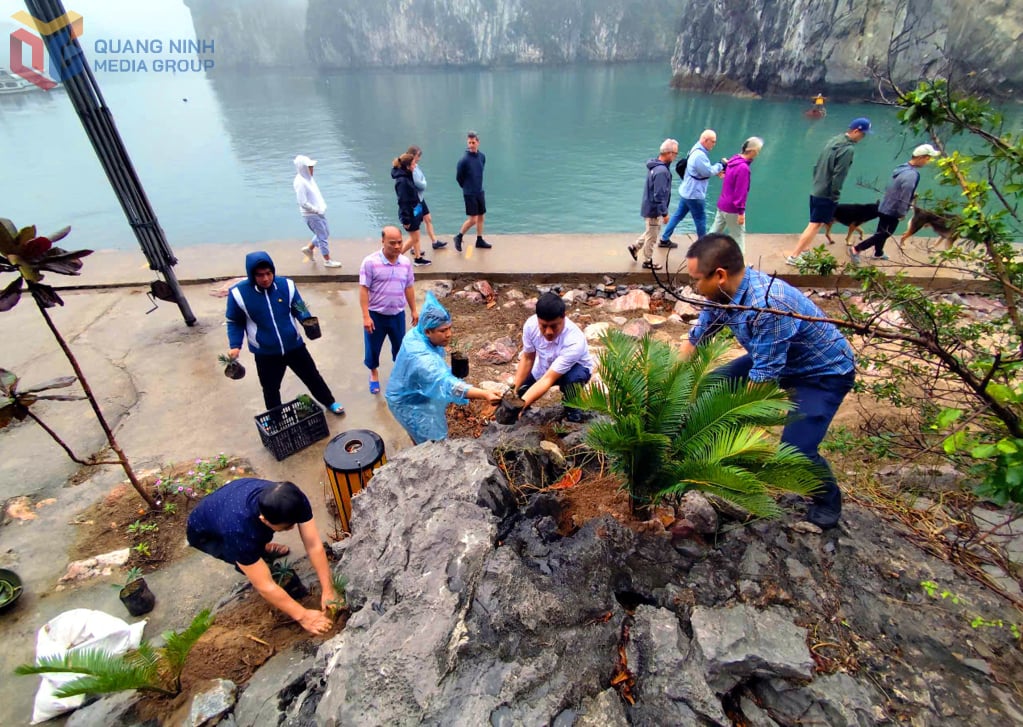











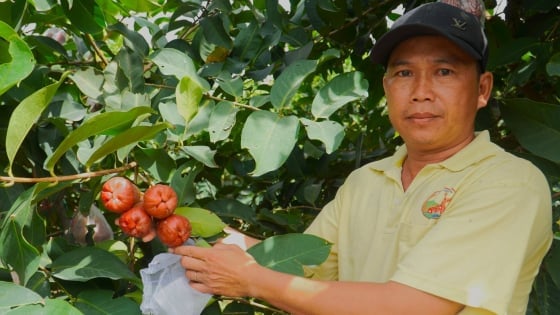




































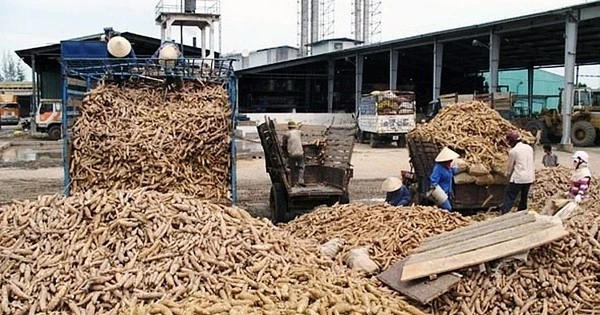

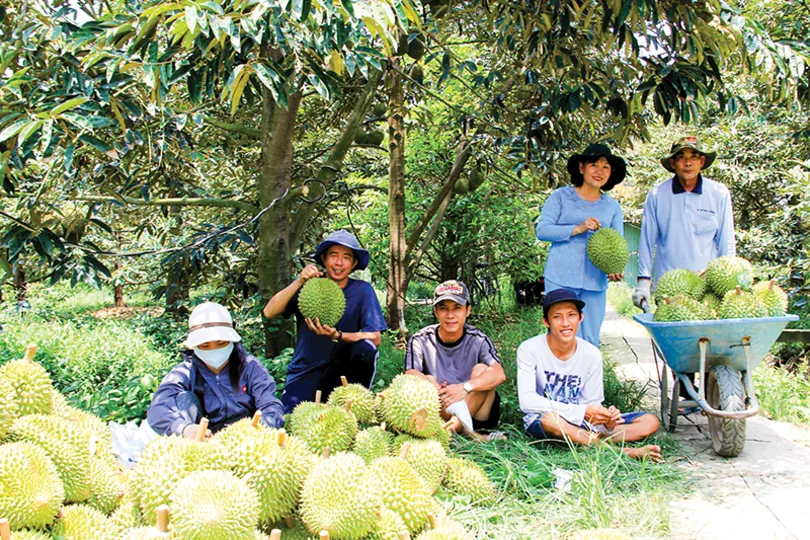















![[REVIEW OCOP] An Lanh Huong Vet Yen Cat](https://vstatic.vietnam.vn/vietnam/resource/IMAGE/2025/3/27/c25032328e9a47be9991d5be7c0cad8c)



Comment (0)